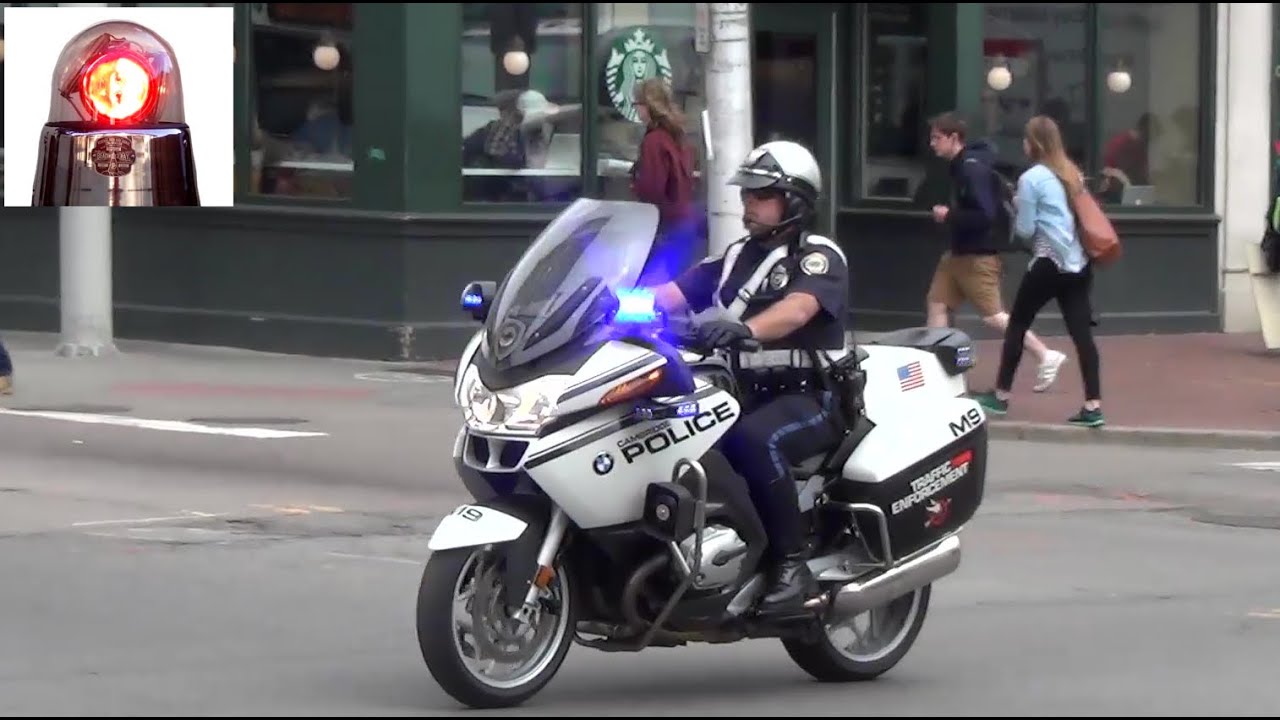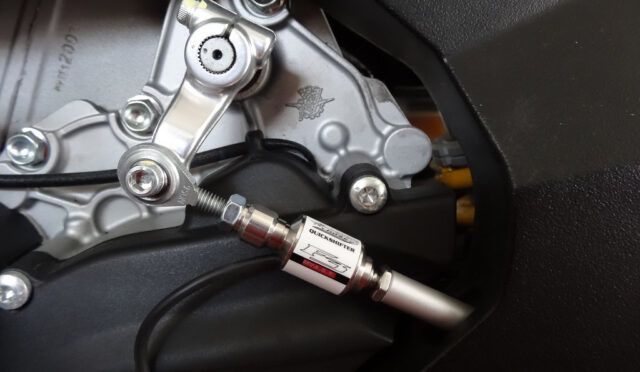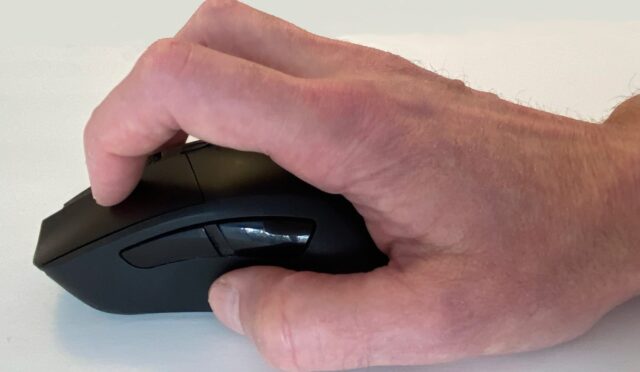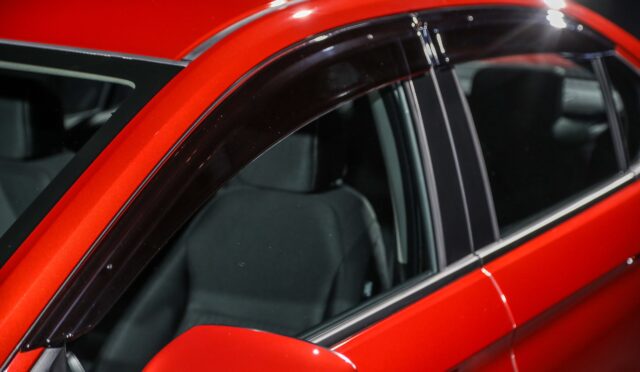Motorcycle cops often wear half helmets for several practical reasons. Half helmets provide essential protection while allowing for greater visibility and comfort. These helmets cover the top of the head but leave the face exposed. This design offers a balance between safety and usability.
One main reason for using half helmets is visibility. Officers need to see their surroundings clearly. A full-face helmet can restrict peripheral vision, making it harder to spot potential hazards. Half helmets allow for better sightlines, which is crucial during high-speed pursuits or when responding to emergencies.
Comfort is another important factor. Half helmets are lighter than full helmets. This reduces fatigue during long hours on the road. Many officers appreciate the cooler airflow that half helmets provide. This is especially beneficial in warmer climates, keeping riders more comfortable.
Safety does not take a backseat. Half helmets are designed to meet safety standards. They can absorb impact and protect the skull. However, they do not offer as much face protection as full helmets. Cops are trained to ride safely and often operate in controlled environments, which mitigates some risks.
Cost can also influence the choice of helmet. Half helmets are generally more affordable than full-face models. Prices for half helmets can range from $80 to $300, depending on the brand and features. This makes them an attractive option for police departments managing budgets.
Additionally, half helmets often come with features that enhance functionality. Many include built-in communication systems. This allows officers to stay connected while on the move. Some also have visors for sun protection, improving comfort without compromising safety.
In conclusion, motorcycle cops wear half helmets due to their visibility, comfort, safety features, and cost-effectiveness. These factors make half helmets a practical choice for law enforcement on motorcycles.
Exploring The Safety Benefits Of Half Helmets For Motorcycle Officers
Half helmets are a common choice for motorcycle officers. They provide a unique blend of safety and practicality. This article explores the safety benefits of half helmets specifically for motorcycle officers. Understanding these benefits helps explain why they are a preferred option.
One of the main reasons motorcycle cops wear half helmets is improved visibility. Half helmets offer a wider field of vision compared to full-face helmets. This advantage is crucial for officers who need to stay aware of their surroundings while on duty. Enhanced visibility allows for better reaction times in high-stress situations.
Comfort is another significant factor. Half helmets are generally lighter than full-face options. This lighter weight can reduce fatigue during long hours of patrol. Officers must balance safety and comfort, and half helmets achieve this well.
Half helmets also provide good ventilation. Motorcycle officers often work in varying weather conditions. The open design allows for airflow, which helps keep the rider cool. This ventilation is essential during hot summer days when officers are on the move.
In terms of safety, half helmets still meet safety standards. They are designed to absorb impact. While they do not cover the full face, they protect the top and back of the head. A half helmet can significantly reduce the risk of head injuries in case of an accident.
| Feature | Benefit |
|---|---|
| Lightweight | Reduces fatigue during long shifts |
| Open design | Enhances visibility and awareness |
| Good ventilation | Keeps the rider cool in warm weather |
| Impact absorption | Offers protection in case of accidents |
Another aspect of half helmets is their style. Many officers appreciate the sleek, professional look. The design often includes reflective materials or colors for added safety. This visibility is crucial for officers who need to be seen by other drivers.
Cost is also a consideration. Half helmets are typically less expensive than full-face helmets. Pricing can range from $100 to $300, depending on the brand and features. This affordability makes them an attractive option for law enforcement agencies.
In conclusion, half helmets provide numerous safety benefits for motorcycle officers. Their lightweight design, enhanced visibility, and ventilation contribute to their effectiveness. While they offer less coverage than full-face helmets, they still meet safety standards. As a result, they remain a popular choice among motorcycle law enforcement personnel.
Understanding The Practicality And Comfort Of Half Helmets In Law Enforcement
Half helmets are a common choice among law enforcement motorcycle officers. Their design offers a balance between protection and comfort. This article explores the practicality and comfort of half helmets for police riders.
One of the main reasons police officers opt for half helmets is visibility. These helmets provide an unobstructed line of sight. Officers can easily see their surroundings, which is crucial during high-speed pursuits or while monitoring traffic.
Another important feature is the weight. Half helmets are lighter than full-face options. This reduced weight leads to less neck strain during long hours of riding. Officers can remain comfortable while on duty.
Half helmets also allow for better airflow. Many designs include ventilation systems. This feature helps keep officers cool, especially in warm weather. Comfort is essential for maintaining focus while riding.
Safety is always a priority in law enforcement. Half helmets provide adequate protection for the head. While they may not cover the full face, they still meet safety standards. Officers can ride safely while enjoying the benefits of a lighter helmet.
Here’s a quick look at some key features and specifications of half helmets:
| Feature | Description |
|---|---|
| Weight | Typically 2-3 pounds |
| Visibility | Enhanced peripheral vision |
| Ventilation | Airflow vents for comfort |
| Safety Standards | DOT certified |
| Price Range | $100 – $300 |
In summary, half helmets offer law enforcement riders a practical and comfortable option. They provide necessary protection while allowing for visibility and airflow. This balance makes them a preferred choice for many motorcycle officers.
The Legal And Regulatory Considerations For Half Helmet Use Among Motorcycle Cops
Motorcycle cops often wear half helmets for various reasons. Understanding the legal and regulatory aspects of half helmet use is crucial. These considerations can differ by state or region. Cops must comply with local laws while ensuring their safety on the road.
Half helmets, known for their lightweight design, offer better visibility and a sense of freedom. However, they provide less coverage than full-face helmets. This trade-off raises the question of safety versus compliance with regulations.
The legality of half helmet use varies. Many states have specific laws regarding helmet types. Some require a full-face helmet, while others allow half helmets. It is vital for motorcycle police to know the laws in their jurisdiction. Here are some common legal considerations:
- Minimum safety standards set by government agencies.
- Age requirements for helmet use.
- Specific exemptions for law enforcement officers.
- Motorcycle training requirements that may influence helmet choice.
In many areas, police officers are exempt from wearing helmets while on duty. This can be due to their training and the nature of their work. However, they still must adhere to certain safety regulations. These can include:
| Regulation | Description |
|---|---|
| Helmet Standards | Must meet DOT or Snell certification. |
| Visibility | Half helmets should not obstruct vision. |
| Communication Equipment | May require headsets for clear communication. |
| Local Laws | Must follow state and local helmet laws. |
Despite the challenges, half helmets have advantages. They allow for better airflow, keeping officers cool during long shifts. They also enhance communication with fellow officers and the public. These factors make half helmets a popular choice among motorcycle cops.
In summary, the legal and regulatory landscape surrounding half helmet use is complex. It varies by location and involves multiple factors. Police officers must stay informed to ensure compliance while prioritizing their safety on the road.
Motorcycle cops often wear half helmets for better visibility and communication. These helmets allow officers to have increased peripheral vision and hear their surroundings more effectively.
While full helmets provide more coverage, half helmets are still certified and designed to meet safety standards. Officers prioritize mobility and comfort alongside safety during their patrols.
Half helmets offer a level of protection suitable for many situations, especially in urban settings where speeds are lower. They are designed to protect the skull while allowing for greater freedom of movement.
Half helmets facilitate easier communication with the public and other officers, while also enhancing comfort during long hours of riding. They strike a balance between safety and practicality for law enforcement duties.
Many riders find half helmets more comfortable for extended periods due to their lighter weight and better ventilation. This comfort is crucial for officers who spend long hours patrolling.
Motorcycle officers may choose half helmets in favorable weather, but they will switch to full-face helmets during inclement conditions for added protection. The choice often depends on safety assessments and riding conditions.
Half helmets improve visibility by allowing officers to have a wider field of vision. This is essential for situational awareness in high-traffic areas and during high-speed pursuits.
Yes, half helmets are popular among recreational riders, especially those who prefer a more open riding experience. However, riders should ensure they meet safety regulations and consider their personal riding style.
Yes, regulations typically specify that half helmets must meet certain safety standards to be used by police officers. These regulations help ensure that officers maintain an acceptable level of protection while on duty.
Half helmets allow for better auditory communication, enabling officers to hear important sounds, such as radio transmissions or other vehicles. This auditory awareness can be crucial during high-speed chases or emergency situations.








